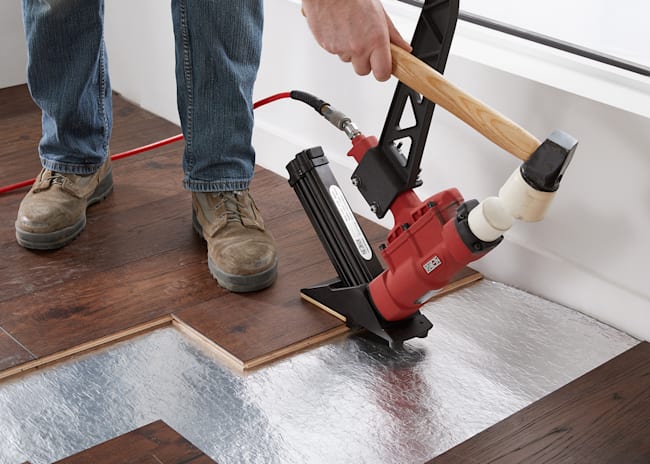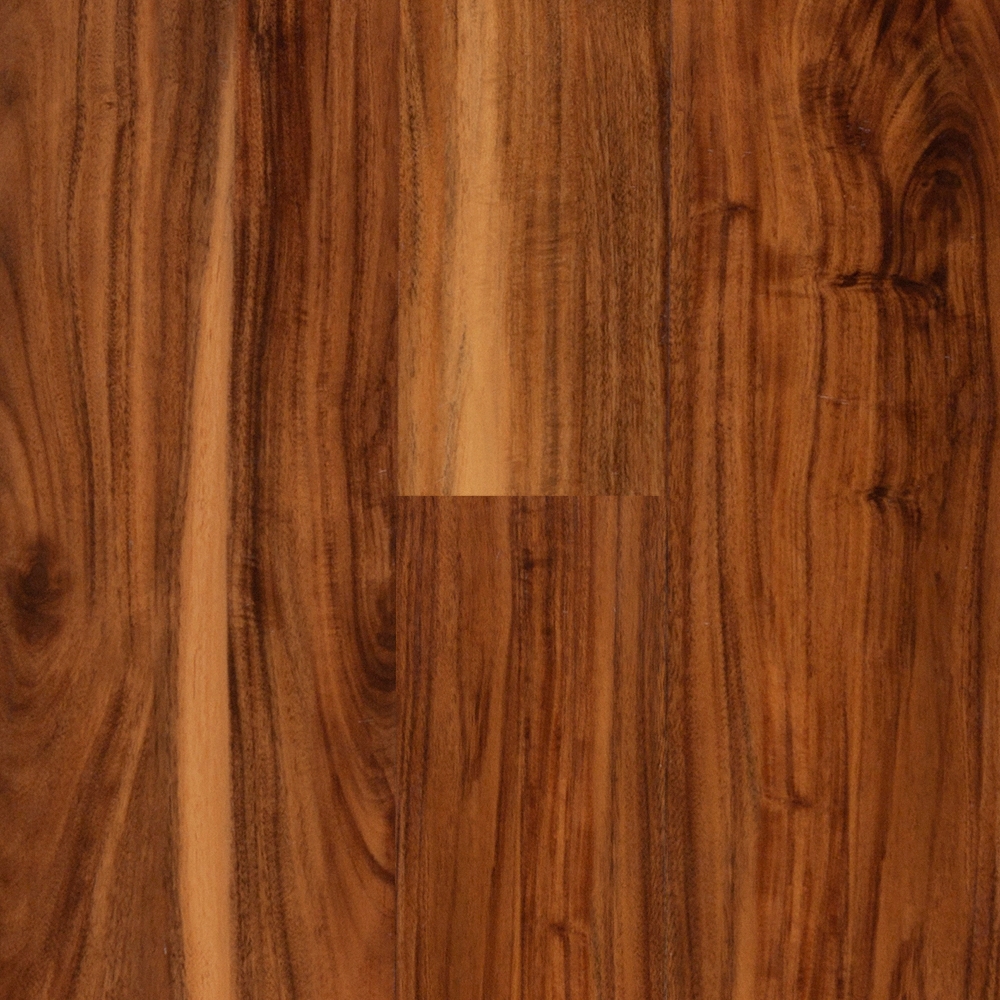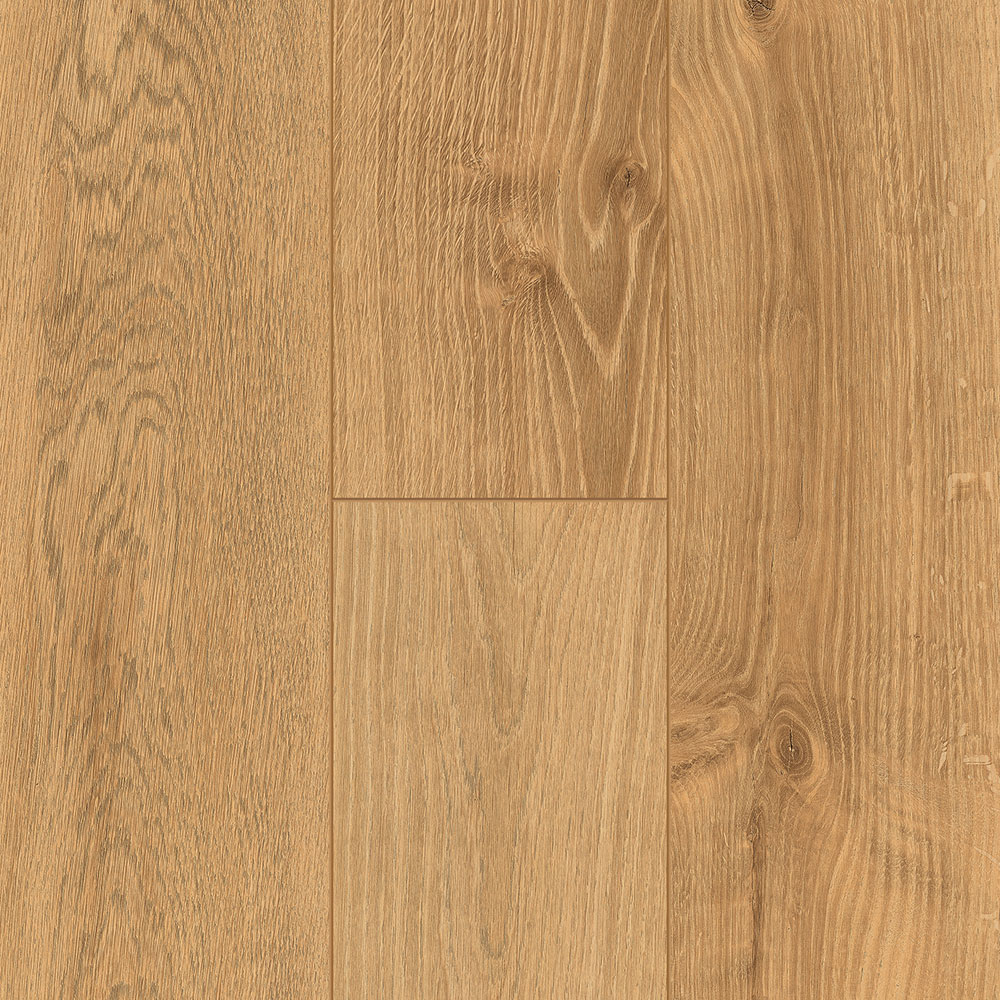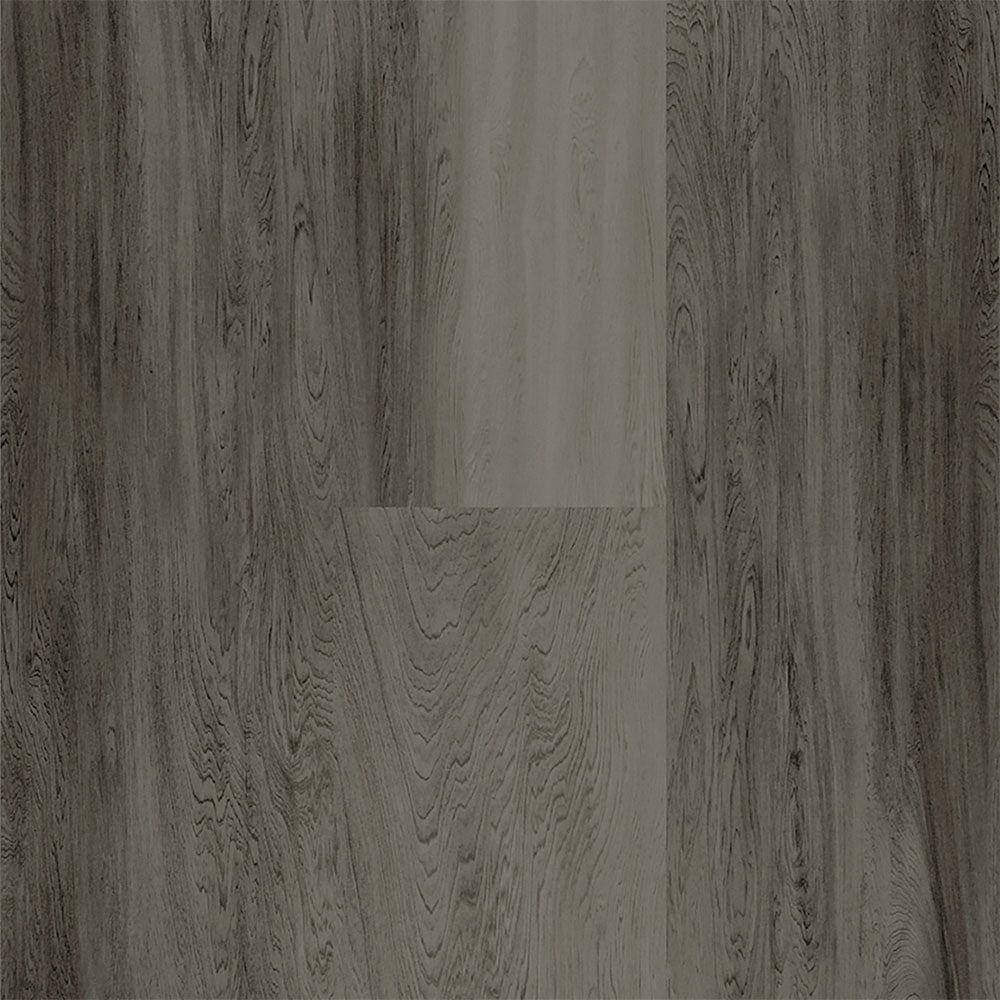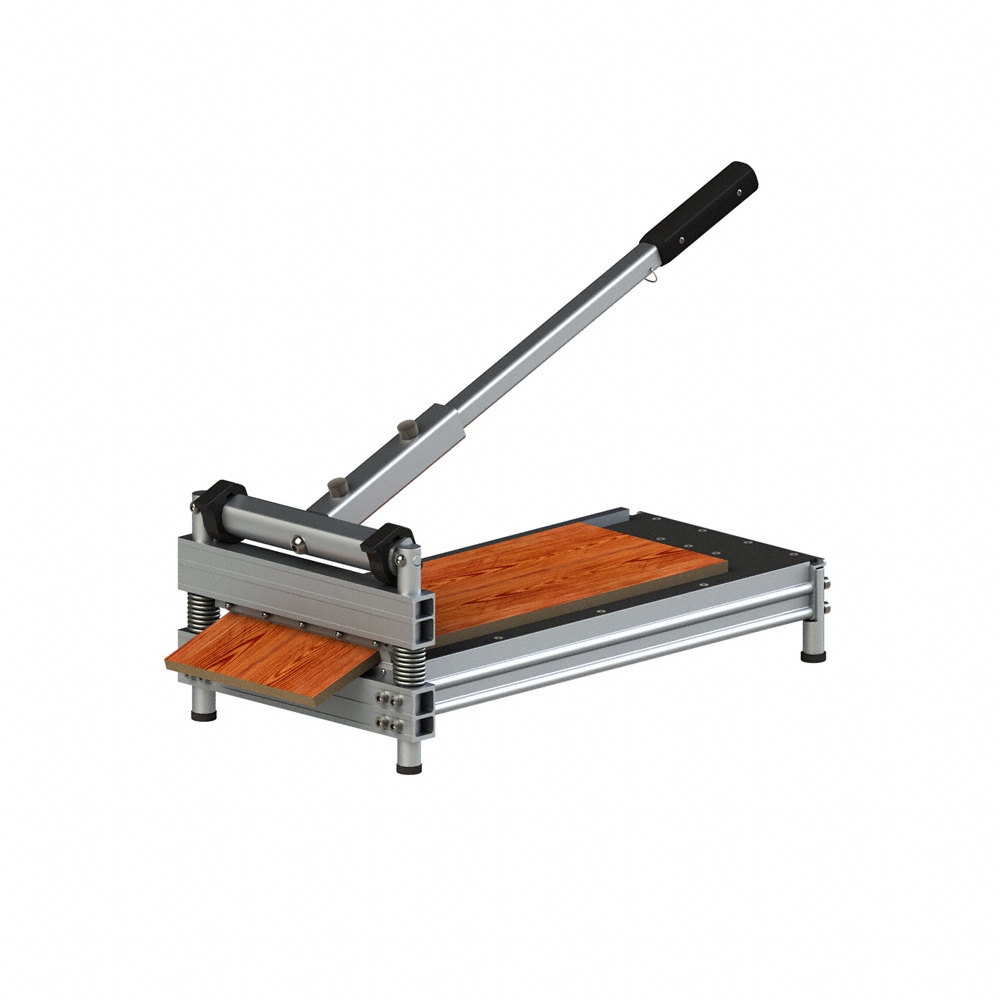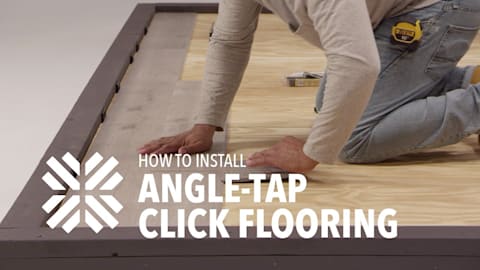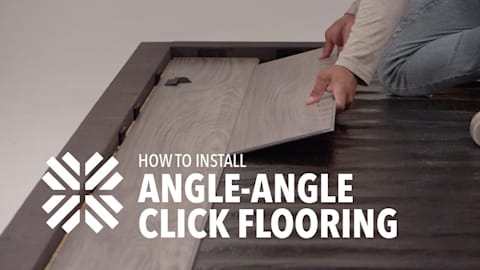- Home
- Education
- Installation Tips and Guides
- How to Install DIY-friendly Click-lock Vinyl Flooring
How to Install DIY-friendly Click-lock Vinyl Flooring
DIY-friendly, click-lock vinyl is easier to install than many other flooring types. Here’s a guide to the four simple methods of installing click-lock vinyl flooring.
Different Types of Vinyl Plank Flooring Locking Mechanisms
Are you looking to install vinyl plank flooring without the hassle of glue, nails, and hammers? You’re in luck! The most common vinyl plank flooring installation methods involve a click-lock mechanism. This means installation is as easy as fitting the planks together to create what is known as a floating floor. Here’s a guide to the three simple methods of installing click-lock vinyl flooring: angle tap, angle-angle, and angle drop. Knowing which method your floor is designed for will ensure a simple and fast installation.
What is a Floating Floor?
A floating floor refers to a floor that is not attached to the subfloor, meaning it “floats” above it. However, “floating” does not imply instability. Much like fitting together puzzle pieces, the click-lock mechanism holds everything securely in place.
Both luxury vinyl plank (LVP) and rigid vinyl plank (RVP) options feature click-lock mechanisms. RVP, with its sturdy core, makes click installation even easier. At LL Flooring, our RVP products have stone-polymer composite (SPC) cores for superior stability and dent resistance.
Benefits of Click-Lock Floating Floors
Besides being DIY-friendly, click-lock floating floors have other advantages. Often, they can be installed over existing hard flooring. They are also suitable for wood-look flooring over concrete subfloors, such as in basements (just remember to include a 6-mil poly moisture barrier or moisture barrier system). Additionally, click-lock floors are easier to change out since the planks can be easily slid or lifted apart. Vinyl flooring, in particular, offers waterproofing, making it ideal for bathrooms, kitchens, and other areas prone to spills and splashes.
How to Install Click-Lock Vinyl Flooring
Tools and Materials
Along with your flooring planks, you’ll need spacers to maintain a sufficient expansion gap between the flooring and the wall. You will also need a tape measure, pencil, and a floor cutter (some thinner flooring can be cut with a utility knife). Depending on your installation method and project-specific needs, other tools and materials might include a tapping block, rubber mallet, and a jamb saw or similar tool for undercutting door jambs.
An underlayment is highly recommended under your floating floors for comfort, thermal properties, and sound insulation. For a complete list of what you’ll need and step-by-step installation instructions, consult the warranty installation and care guide for your particular vinyl flooring product, which can be found online on the product page.
The Basics
It’s important to let your vinyl planks acclimate to your home’s environment and prepare a clean, flat, dry subfloor before installation. Basic installation involves starting at one end of the room, generally along your longest wall, and laying the first row end-to-end against the wall spacers with the groove edge facing you. You’ll need to cut the last plank to fit. For the second row, you’ll install the first plank along the edge of the one above it, locking the planks like puzzle pieces across the row.
Stagger the seams for a more natural appearance and a more secure installation. Begin each row with a different length plank from the previous row. In some cases, you may be able to use the cut portion from the last plank in the previous row.
Locking Mechanisms
Angle Tap
This involves using a tapping block and hammer to tap the planks in place. Set the first row of planks 1/8-inch apart and tap them together end-to-end. Use a pull bar to secure the last plank in the row. For the second row, angle the first plank, insert it into the groove along the edge of the plank above it, and push it to the floor. For subsequent planks, insert the plank into the groove above it, push down, and tap it on its end to lock it in place.
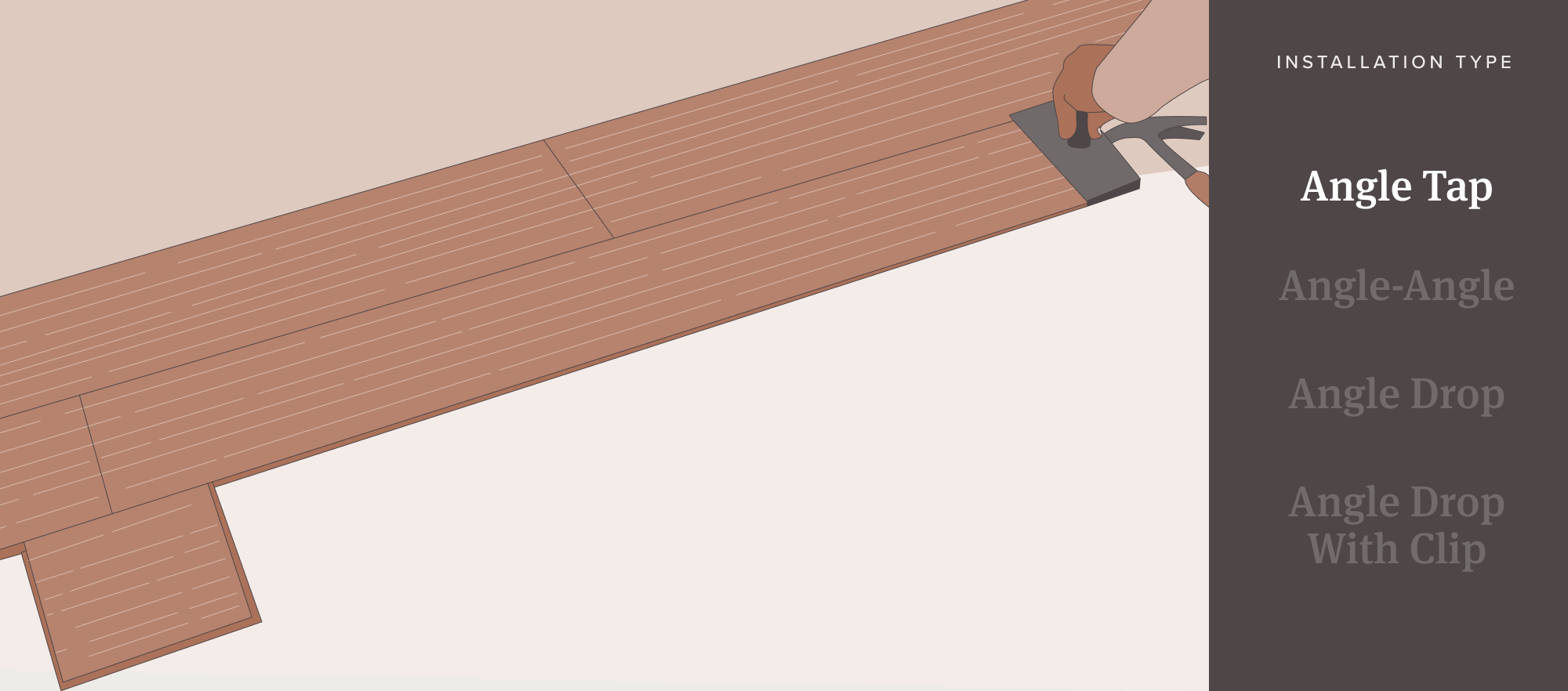
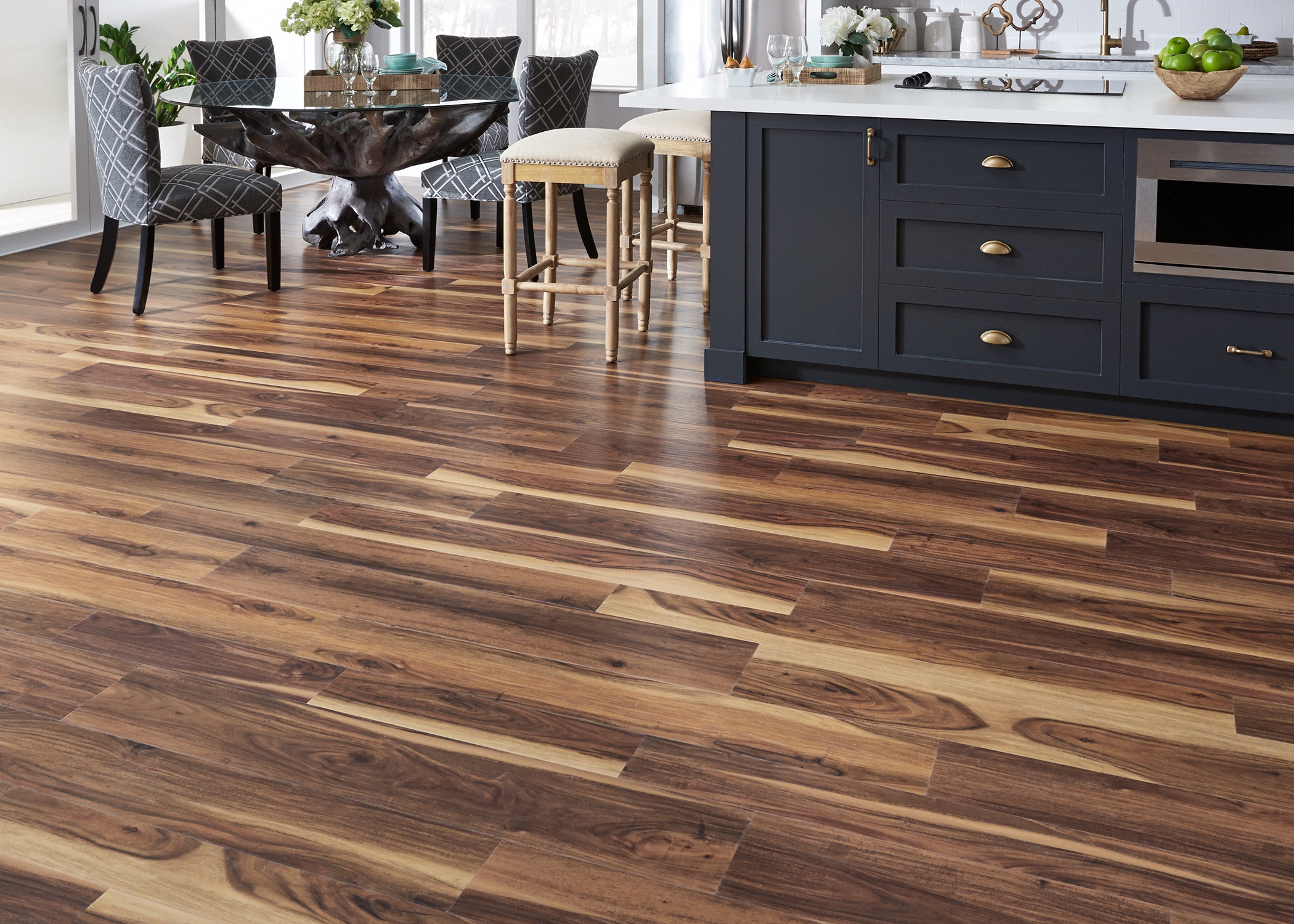
Angle-Angle
This method requires maneuvering the planks more because you’ll be connecting them at two different angles. Start by inserting the second plank of the second row into the end of the first plank, then lift both slightly to complete the connection along the edge of the plank above.
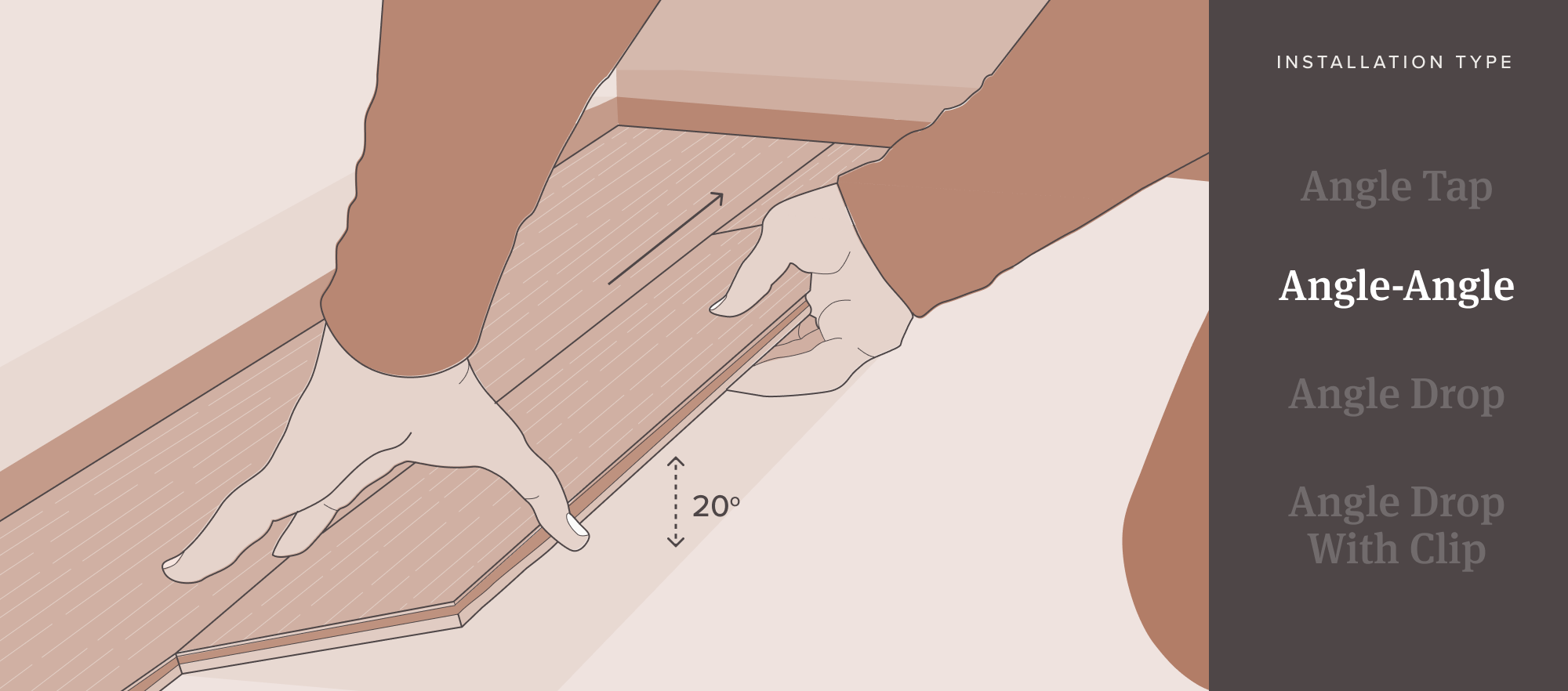

Angle Drop
The easiest type of click flooring to install, this method involves fitting the ends together by overlapping them. Hold the plank at an angle, gently push it fully into the groove, and then push it down to the floor. You may use a rubber mallet to seal the end joints further, but check your installation guide first.
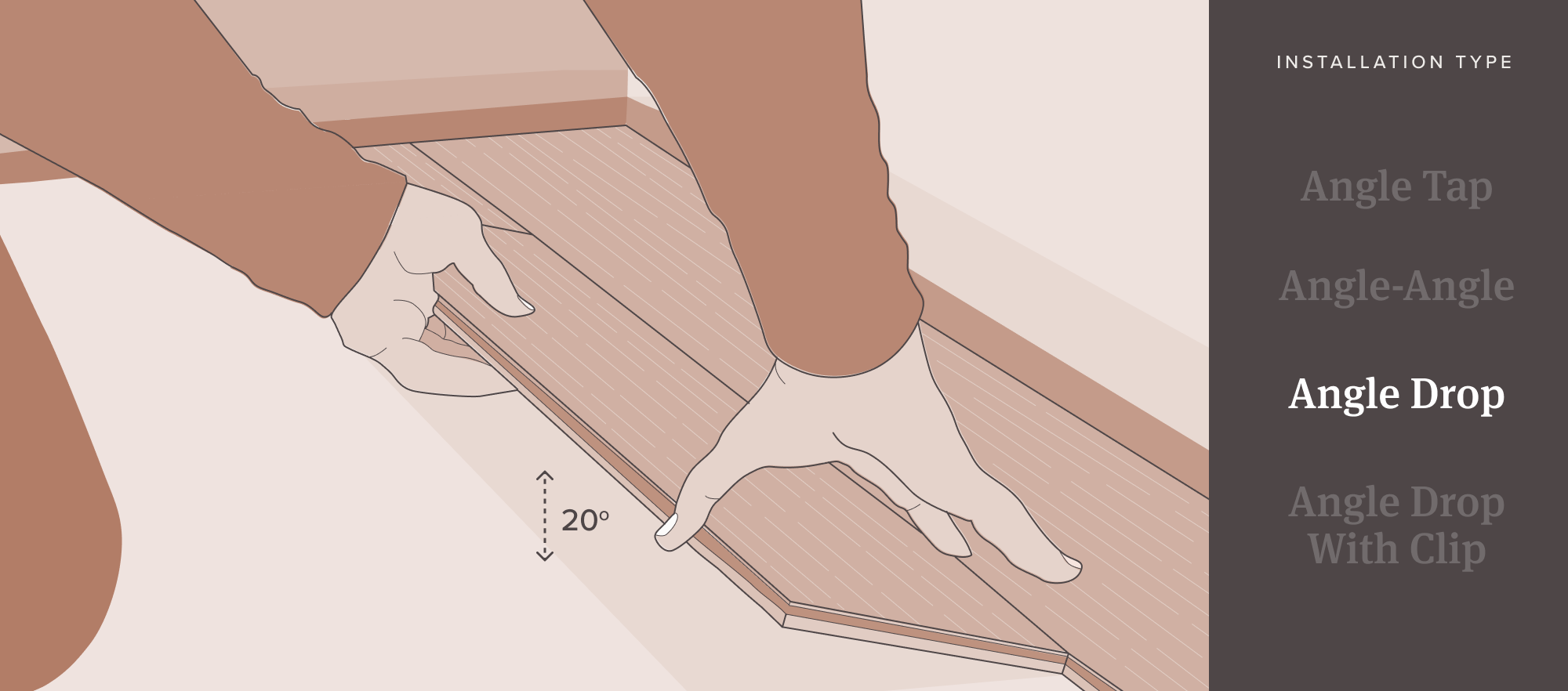
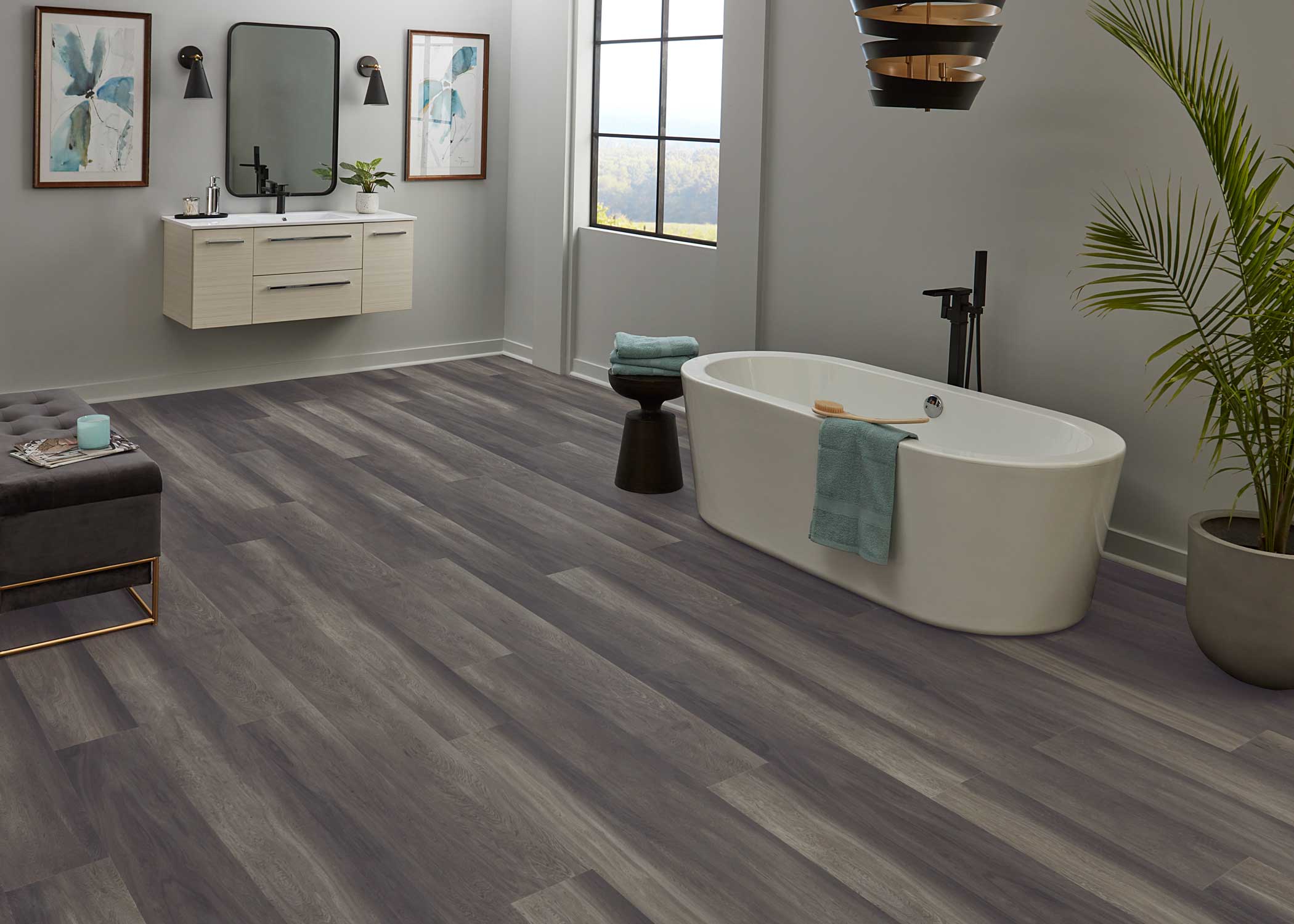
Which is Best for You?
When choosing the right click-lock vinyl flooring, consider factors such as required tools, room use, and budget. LVP is thinner and easier to cut, while RVP may require a heavier-duty floor cutter or circular saw but offers more dent resistance. Also, consider whether this is a manageable DIY project for you. LL Flooring offers installation services for those who prefer professional help.
Check out all the click-lock vinyl flooring options at LL Flooring. We offer realistic wood and stone looks to fit a variety of décor styles—from traditional to contemporary. For additional information, visit Installation Tips & Guides.


